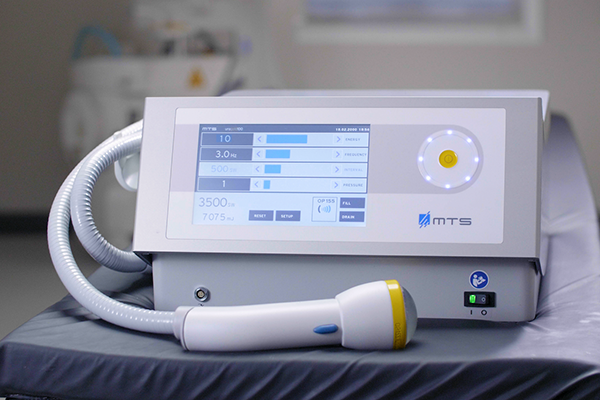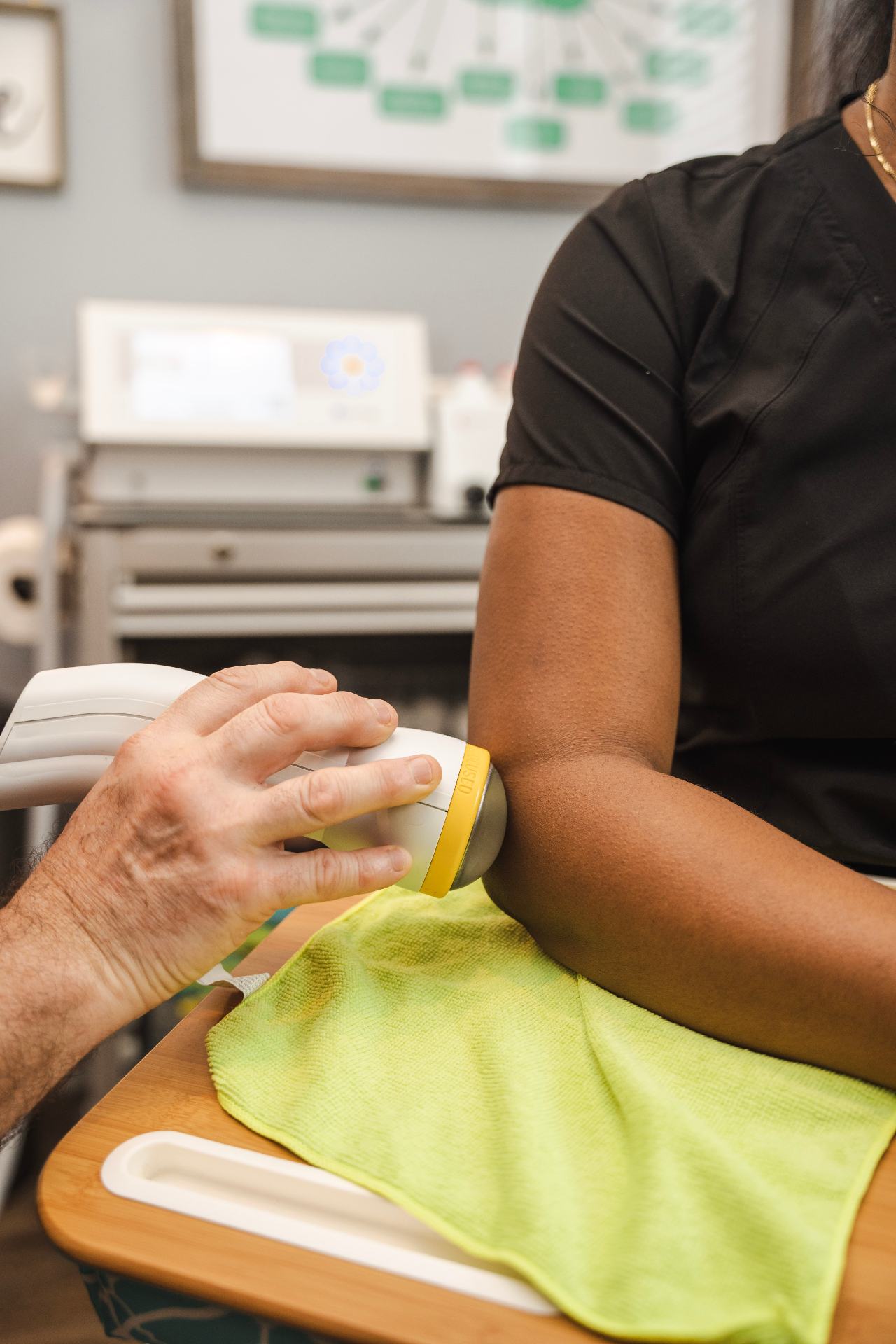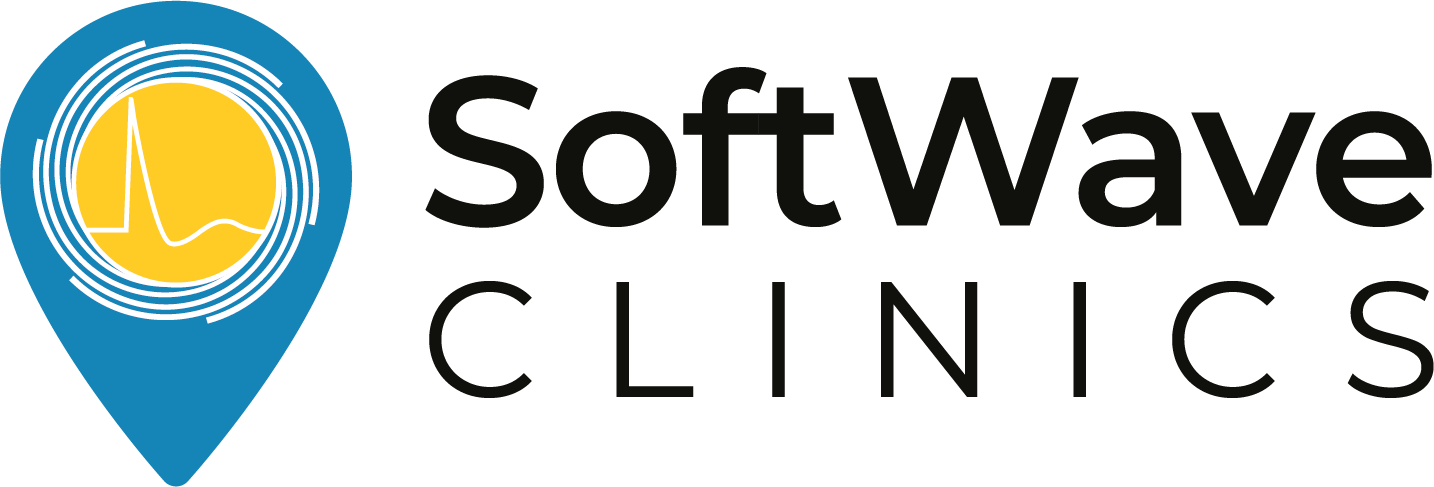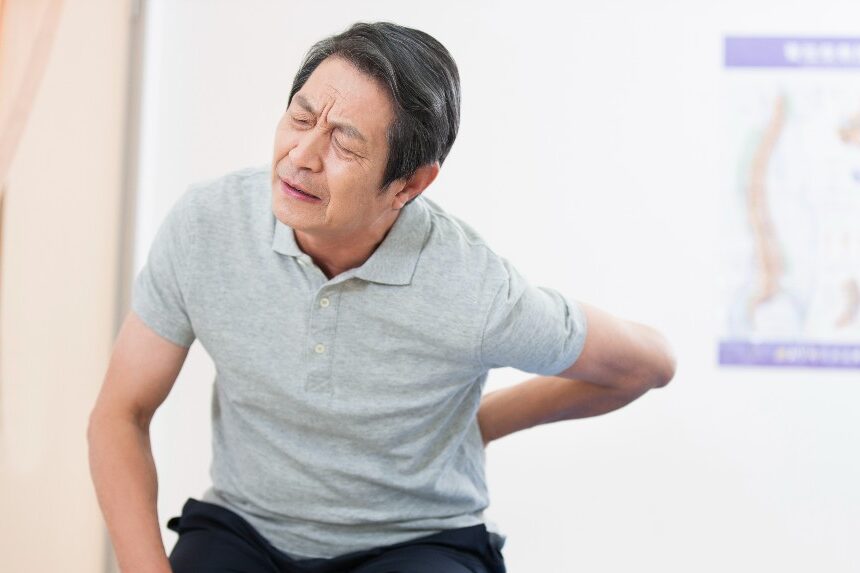Tennis elbow, or lateral epicondylitis, is a common condition causing pain in the outer elbow, particularly during gripping actions. As individuals seek less invasive treatments, Shockwave Therapy has emerged as a popular alternative with clinical studies showing a reduction in pain and improvement in activity. This method uses sound waves to target the affected area, promoting the body’s natural healing and offering real relief to those with tennis elbow.
What is Tennis Elbow?

Tennis elbow is an inflammation of the tendons that connect the forearm muscles to the elbow’s outer bone. This condition typically arises from repetitive strenuous activities that strain the forearm muscles. While the name might suggest a condition exclusive to tennis players, it can affect anyone who engages in repetitive arm, elbow, and wrist movements.
Common symptoms of tennis elbow:
- Pain and tenderness on the outside of the elbow
- Stiffness in the elbow, especially in the morning
- Weakness in the forearm
- Numbness or tingling sensation, which may extend to the fingers
- Pain that exacerbates with gripping objects or moving the wrist
Can tennis elbow be cured permanently? Tennis elbow recovery can differ for individuals. Often, it heals with proper rest and care, but some cases may require intensive treatments. Early action and the right treatment can reduce the chances of long-term symptoms or its return.
Considering Shockwave Therapy?
Try SoftWave Therapy for just $69. Non-invasive healing that reaches deeper.

Shockwave Therapy for Tennis Elbow
Shockwave Therapy, or Extracorporeal Shock Wave Therapy (ESWT), is a non-invasive method that stimulates healing in tennis elbow, with studies showing it effectively alleviates pain, improves grip strength, and accelerates tissue repair better than many traditional treatments.
What is Shockwave Therapy?
Shockwave Therapy is a non-invasive treatment that utilizes high-energy shockwaves to stimulate healing in damaged tissue. The therapy operates by generating intense energy in a brief period, creating mechanical pressure on the targeted tissues. This mechanical pressure improves cellular permeability, subsequently enhancing microcirculation and cellular metabolism. As a result, it accelerates the body’s natural healing processes. Initially developed to disintegrate kidney stones, its efficacy has since been explored for a variety of musculoskeletal conditions, ranging from calcified shoulder tendinitis to plantar fasciitis.
How Does Shockwave Therapy for Tennis Elbow Work?
When it comes to tennis elbow, Shockwave Therapy proves its worth by instigating specific physiological responses. It induces controlled microtrauma at the injury site, which subsequently:
- Releases Growth Factors: Vital components that play a major role in tissue repair, hence promoting the healing process.
- Stimulates Cell Proliferation: Facilitates cell growth and regeneration in the affected tendon.
- Promotes Neovascularization: The formation of new blood vessels ensures an enriched supply of nutrients, further catalyzing the healing process.
Supporting the efficacy of this therapy, this study demonstrated that patients who underwent shockwave therapy witnessed a notably higher improvement rate than those treated with conventional methods. Furthermore, a systematic review and meta-analysis on shockwave’s efficacy concluded that this non-invasive treatment notably alleviates pain and restores grip strength in tennis elbow patients, outshining several alternative treatments.
Advantages of Shockwave Therapy Over Traditional Tennis Elbow Treatments
While tennis elbow can be a debilitating condition, the emergence of Shockwave Therapy as an effective treatment offers numerous advantages over traditional approaches. One of the most pronounced benefits of Shockwave Therapy is its non-invasiveness. This means patients don’t need to undergo surgical procedures or any kind of incisions, resulting in less discomfort and negligible recovery time.
Furthermore, patients receiving Shockwave Therapy often report reduced dependency on pain medications. This is a notable advantage, considering the potential side effects and dependency issues often associated with long-term medication use. Traditional treatments, such as anti-inflammatory drugs, might provide temporary relief, but don’t address the root cause and can have gastrointestinal or cardiovascular side effects. Similarly, while physical therapy and braces can be beneficial, they often require extended periods of treatment and may not offer the same expedited healing as Shockwave Therapy.
What to Expect After a Shockwave Therapy Session for Tennis Elbow

During a Shockwave Therapy session for tennis elbow, patients often feel a series of intense pulses against the skin, akin to rapid flicks or thuds. The treatment involves directing focused shockwaves through a specialized device onto the affected elbow area.
Here’s a quick guide to what you can anticipate after a Shockwave Therapy session:
Is shockwave therapy painful?
Some patients might experience mild discomfort during the procedure, often likened to a flick against the skin. However, some types of shockwave therapy like focused shockwave therapy may require anesthesia. In any case, the intensity can be adjusted according to patient comfort.
Learn more about what shockwave therapy feels like
How many shockwave sessions are typically needed for tennis elbow?
The number of sessions can vary based on the severity of the condition and individual response to the treatment. Typically, patients undergo 3 to 5 sessions, spaced about a week apart.
Learn more about how long shockwave therapy takes to work
Are there any long-term shockwave therapy side effects?
Shockwave Therapy is generally considered safe with minimal side effects. However, some patients might experience minor bruising, swelling, or tingling in the treated area. These side effects are typically mild and short-lived. FDA-cleared SoftWave therapy, for instance, is a safe and effective treatment for tennis elbow with minimal side effects, usually subsiding within one to two days.
Learn more about shockwave therapy side effects
Can I go back to playing sports right after a shockwave session?
It’s recommended to rest the treated area for about 48 hours post-treatment. This ensures optimal healing and reduces the risk of re-injury. Consult with your therapist about when it would be best to resume strenuous activities or sports.
The Best Shockwave Therapy for Tennis Elbow
Are you looking for safe, reliable, and effective relief from plantar fasciitis?
SoftWave therapy is FDA-cleared, patented, and nationally recognized for its leading tissue regeneration technology. Unlike other types of high-energy shockwave treatments, SoftWave is the only shockwave therapy on the market that uses true broad-focused shock waves that treat larger and deeper areas of tissue.
Thousands of patients have experienced the benefits of SoftWave for plantar fasciitis, including:
- Little to no side effects
- Short treatment time
- Quick recovery
- Long-lasting results
Find a SoftWave Therapy provider near you or learn more about SoftWave and whether or not you’re eligible for full treatment today!
New Patient Special
Try SoftWave for just $69 at a clinic near you and learn if you’re a candidate for full treatment




